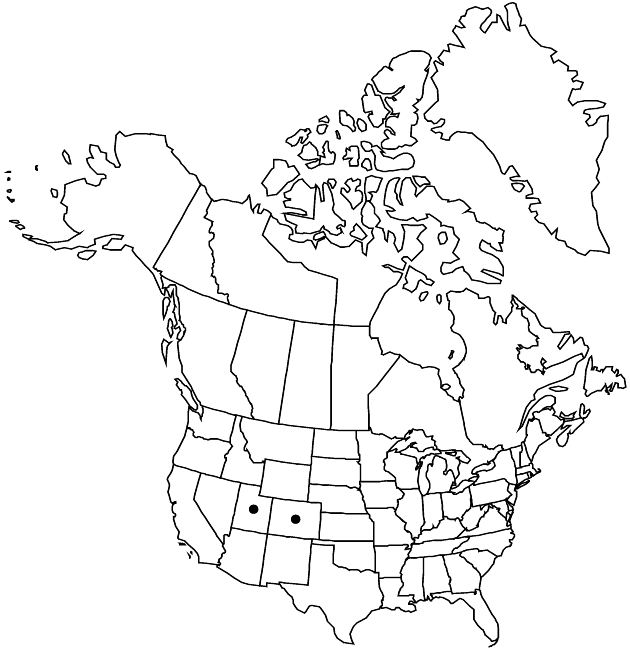Difference between revisions of "Rudbeckia montana"
Proc. Amer. Acad. Arts 17: 217. 1882.
FNA>Volume Importer |
FNA>Volume Importer |
||
| Line 50: | Line 50: | ||
|publication year=1882 | |publication year=1882 | ||
|special status= | |special status= | ||
| − | |source xml=https://jpend@bitbucket.org/aafc-mbb/fna-data-curation.git/src/ | + | |source xml=https://jpend@bitbucket.org/aafc-mbb/fna-data-curation.git/src/f50eec43f223ca0e34566be0b046453a0960e173/coarse_grained_fna_xml/V19-20-21/V21_103.xml |
|tribe=Asteraceae tribe Heliantheae | |tribe=Asteraceae tribe Heliantheae | ||
|subtribe=Asteraceae (tribe Heliantheae) subtribe Rudbeckiinae | |subtribe=Asteraceae (tribe Heliantheae) subtribe Rudbeckiinae | ||
Revision as of 20:32, 16 December 2019
Perennials, to 150 cm (rhizomes stout, plants not colonial, roots fibrous). Leaves greenish blue (± glaucous), blades elliptic to ovate, usually pinnatifid to pinnately lobed (lobes mostly opposite, ovate to elliptic), ± leathery, bases attenuate to cuneate, ultimate margins entire or coarsely dentate, apices acute, faces usually glabrous, sometimes sparsely hairy (at least abaxially on veins); basal petiolate, 17–60 × 10–25 cm; cauline petiolate or sessile, 8–30 × 5–20 cm (blades among heads not lobed). Heads borne singly or in ± corymbiform arrays. Phyllaries to 4 cm (margins sometimes ciliate, apices attenuate). Receptacles ovoid to conic; paleae (proximally transparent to light brown, distally greenish) 5–8 mm, apices acute to ± rounded, abaxial tips hairy. Ray florets 0. Discs 20–60 × 12–30 mm. Disc florets 200–500+; corollas maroon proximally, greenish distally, 4–5 mm; style branches ca. 1.5 mm, apices acute to rounded. Cypselae 5.2–7 mm; pappi coroniform, to 1.8 mm. 2n = 36.
Phenology: Flowering summer.
Habitat: Hillside seeps, streams
Elevation: 2400–2800 m
Discussion
Selected References
None.
